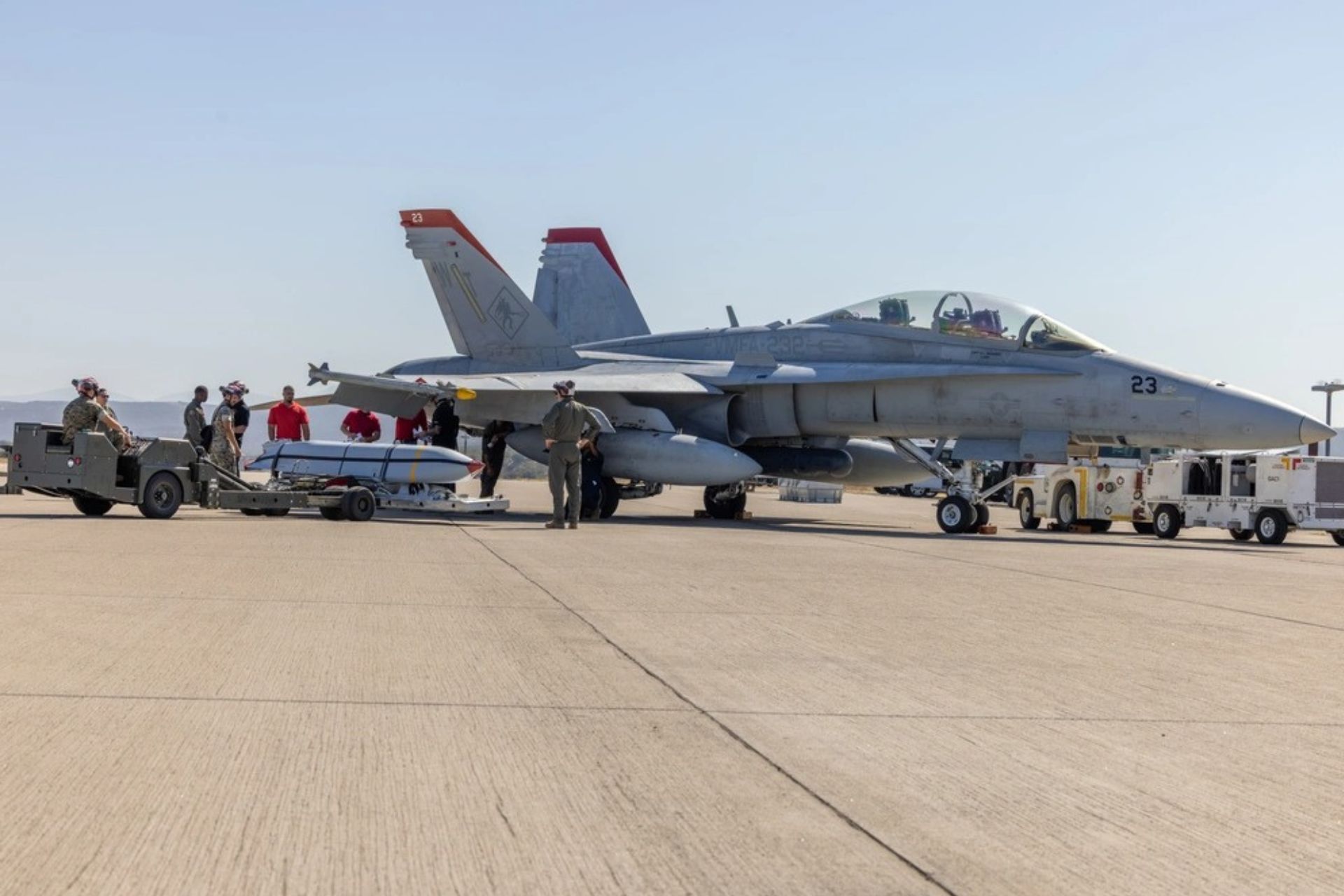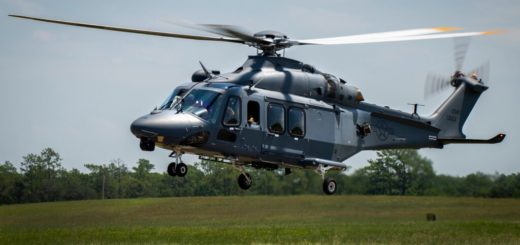US Marine Corps Enhances F/A-18 Capabilities with Addition of AGM-158A Missile

{loadposition bannertop}
{loadposition sidebarpub}
The United States Marine Corps has successfully integrated the AGM-158A Joint Air-to-Surface Standoff Missile (JASSM) into its arsenal for the F/A-18 Hornet, enhancing the operational capabilities of the aircraft. This development was confirmed during validation and verification testing conducted by Marines from Marine Aviation Logistics Squadron 11 (MALS-11) and Marine Fighter Attack Squadron 232 (VMFA-232) at the Marine Corps Air Station in Miramar, San Diego, California, on August 27-28, 2024.Follow Army Recognition on Google News at this link
U.S. Marines from VMFA-232 and MALS-11 conducted the first ordnance operations with the AGM-158A JASSM, loading it onto a F/A-18 Hornet during validation and verification at Marine Corps Air Station Miramar on August 27, 2024 (Picture source: US DoD)
The AGM-158A JASSM is a stealthy, air-launched, conventional cruise missile designed for precision ground strikes. With a range of 370 kilometers, this missile allows the F/A-18 to engage targets beyond the reach of enemy air defenses. First used in combat by U.S. forces in 2018 to destroy a Syrian chemical weapons facility, the JASSM has demonstrated its effectiveness and strategic importance in modern warfare.
During the recent tests in Miramar, Marines loaded an AGM-158A onto a VMFA-232 F/A-18 Hornet. The tests focused on verifying loading procedures, hardware and software connections, and communication between the missile and the aircraft. This process, crucial before the missile can be fully integrated into the Marine Corps’ arsenal, involved coordination between several units and the use of a live missile—an unusual step, as training missiles are typically used for such procedures. However, the absence of training variants of the JASSM required the use of a live missile in real conditions.
This validation process also provided junior Marines with critical hands-on experience in missile loading procedures. Senior ordnance technicians from MALS-11 and VMFA-232 supervised the tests, ensuring that every step, from transportation to post-loading checks, was carried out safely and precisely. The feedback collected during this process will contribute to the development of an official Marine Corps loading manual for the AGM-158A, ensuring that future operations are conducted efficiently and safely.
According to Marine officials, the integration of the AGM-158A significantly enhances the F/A-18’s capabilities. By allowing the aircraft to strike from greater distances, the JASSM extends the operational reach of Marine Corps aviation units and increases their ability to support joint force operations across multiple domains.
This validation process is also a key step in incorporating more advanced munitions into the Marine Corps’ fighter aircraft arsenal, including the extended-range AGM-158B variant and the long-range anti-ship AGM-158C missile, as part of the weapons integration roadmap for the F-35B/C platforms.
The integration of the AGM-158A into the Marine Corps’ arsenal is expected to provide a strategic advantage in future combat scenarios, allowing for greater flexibility and freedom of maneuver for U.S. forces in increasingly contested environments.

{loadposition bannertop}
{loadposition sidebarpub}
The United States Marine Corps has successfully integrated the AGM-158A Joint Air-to-Surface Standoff Missile (JASSM) into its arsenal for the F/A-18 Hornet, enhancing the operational capabilities of the aircraft. This development was confirmed during validation and verification testing conducted by Marines from Marine Aviation Logistics Squadron 11 (MALS-11) and Marine Fighter Attack Squadron 232 (VMFA-232) at the Marine Corps Air Station in Miramar, San Diego, California, on August 27-28, 2024.
Follow Army Recognition on Google News at this link
U.S. Marines from VMFA-232 and MALS-11 conducted the first ordnance operations with the AGM-158A JASSM, loading it onto a F/A-18 Hornet during validation and verification at Marine Corps Air Station Miramar on August 27, 2024 (Picture source: US DoD)
The AGM-158A JASSM is a stealthy, air-launched, conventional cruise missile designed for precision ground strikes. With a range of 370 kilometers, this missile allows the F/A-18 to engage targets beyond the reach of enemy air defenses. First used in combat by U.S. forces in 2018 to destroy a Syrian chemical weapons facility, the JASSM has demonstrated its effectiveness and strategic importance in modern warfare.
During the recent tests in Miramar, Marines loaded an AGM-158A onto a VMFA-232 F/A-18 Hornet. The tests focused on verifying loading procedures, hardware and software connections, and communication between the missile and the aircraft. This process, crucial before the missile can be fully integrated into the Marine Corps’ arsenal, involved coordination between several units and the use of a live missile—an unusual step, as training missiles are typically used for such procedures. However, the absence of training variants of the JASSM required the use of a live missile in real conditions.
This validation process also provided junior Marines with critical hands-on experience in missile loading procedures. Senior ordnance technicians from MALS-11 and VMFA-232 supervised the tests, ensuring that every step, from transportation to post-loading checks, was carried out safely and precisely. The feedback collected during this process will contribute to the development of an official Marine Corps loading manual for the AGM-158A, ensuring that future operations are conducted efficiently and safely.
According to Marine officials, the integration of the AGM-158A significantly enhances the F/A-18’s capabilities. By allowing the aircraft to strike from greater distances, the JASSM extends the operational reach of Marine Corps aviation units and increases their ability to support joint force operations across multiple domains.
This validation process is also a key step in incorporating more advanced munitions into the Marine Corps’ fighter aircraft arsenal, including the extended-range AGM-158B variant and the long-range anti-ship AGM-158C missile, as part of the weapons integration roadmap for the F-35B/C platforms.
The integration of the AGM-158A into the Marine Corps’ arsenal is expected to provide a strategic advantage in future combat scenarios, allowing for greater flexibility and freedom of maneuver for U.S. forces in increasingly contested environments.






